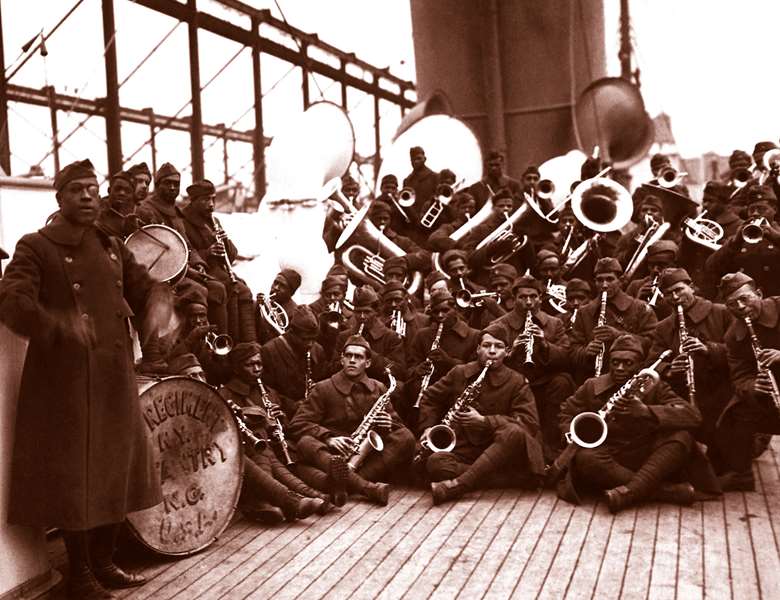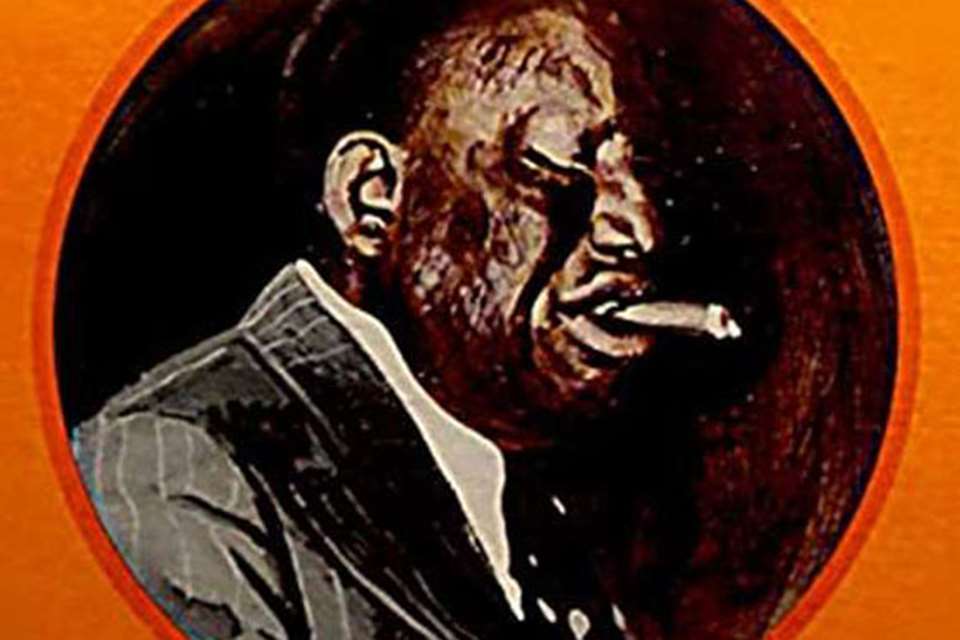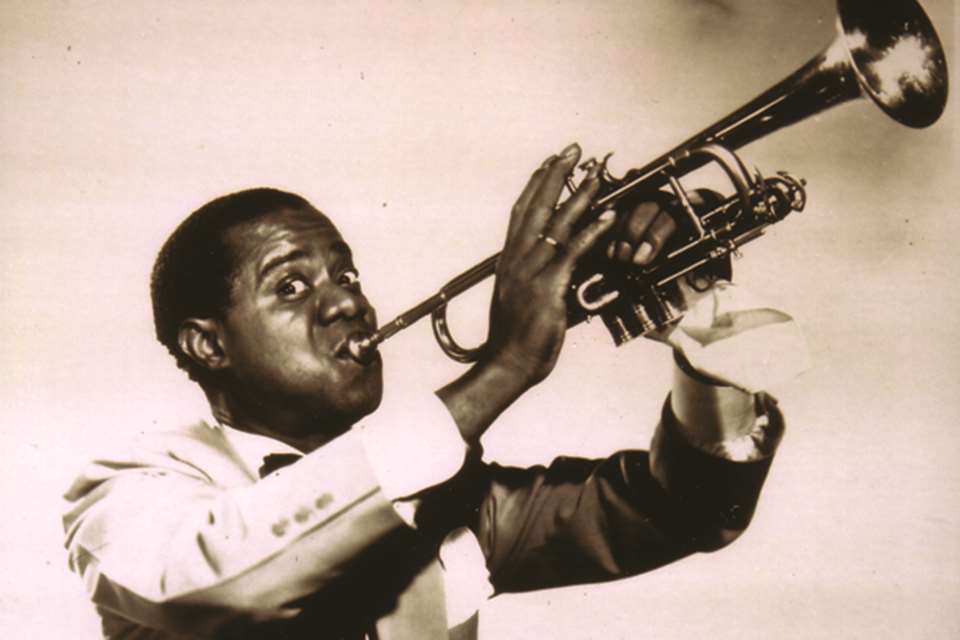Jason Moran: James Reese Europe and The Absence of Ruin
Friday, January 22, 2021
Renowned US pianist Jason Moran leads his trio and a specially convened British ensemble in a unique multi-media celebration of the life and music of one of jazz’s unsung heroes, James Reese Europe. Stuart Nicholson digs deep into the seismic impact Reese’s reshaping of ragtime had on the birth of modern jazz


Register now to continue reading

Thank you for visiting Jazzwise.co.uk. Sign up for a free account today to enjoy the following benefits:
- Free access to 3 subscriber-only articles per month
- Unlimited access to our news, live reviews and artist pages
- Free email newsletter

